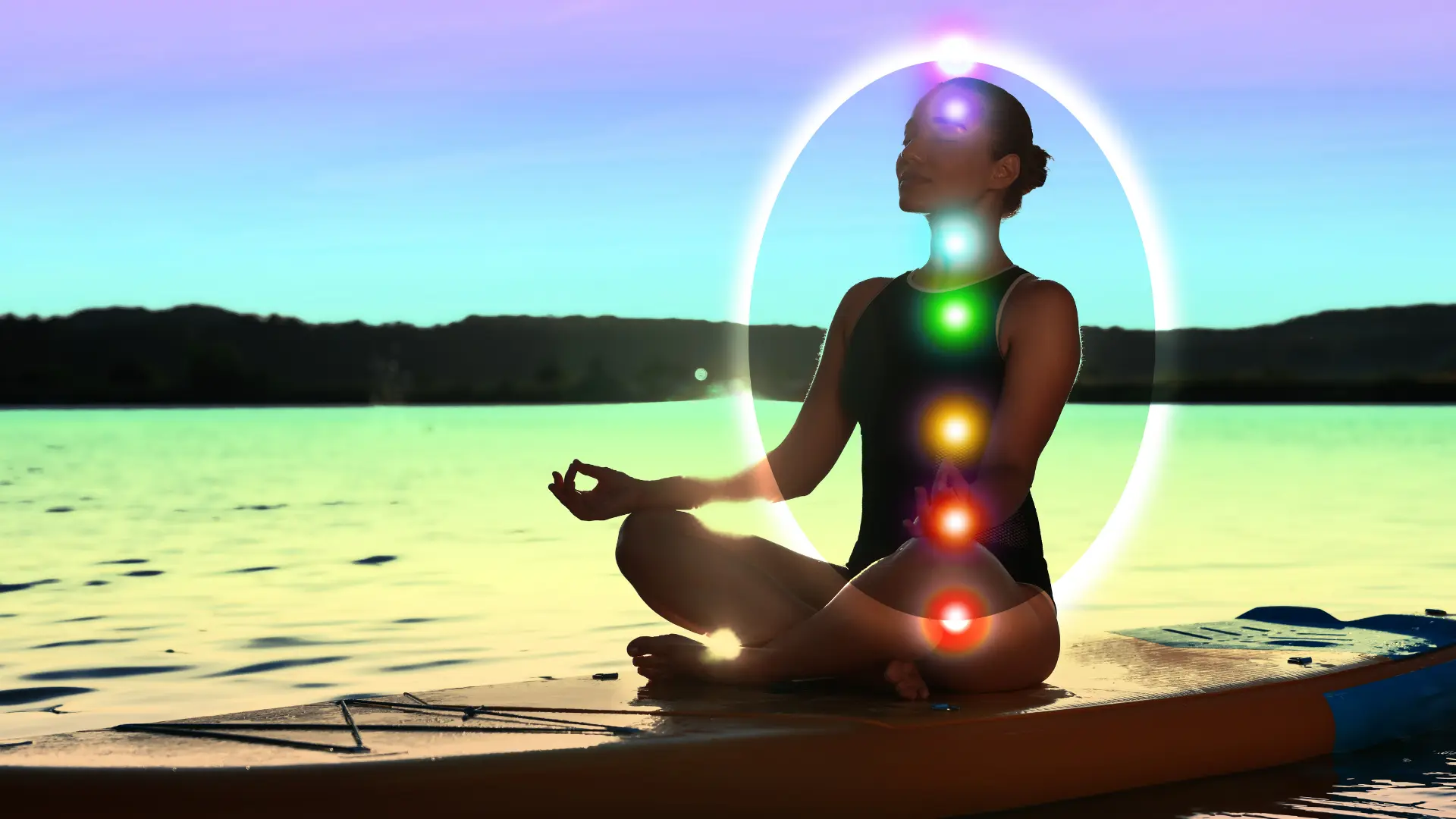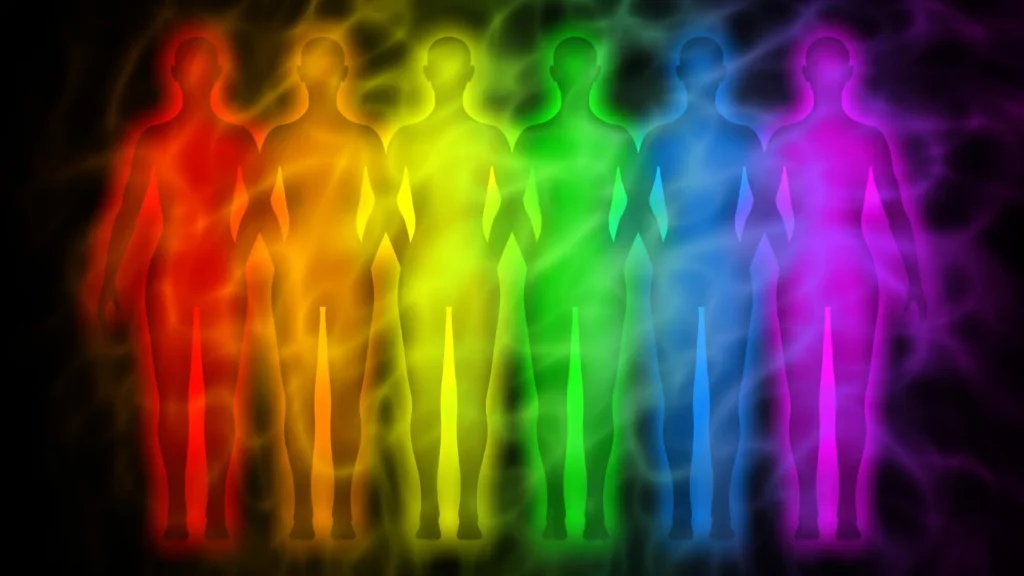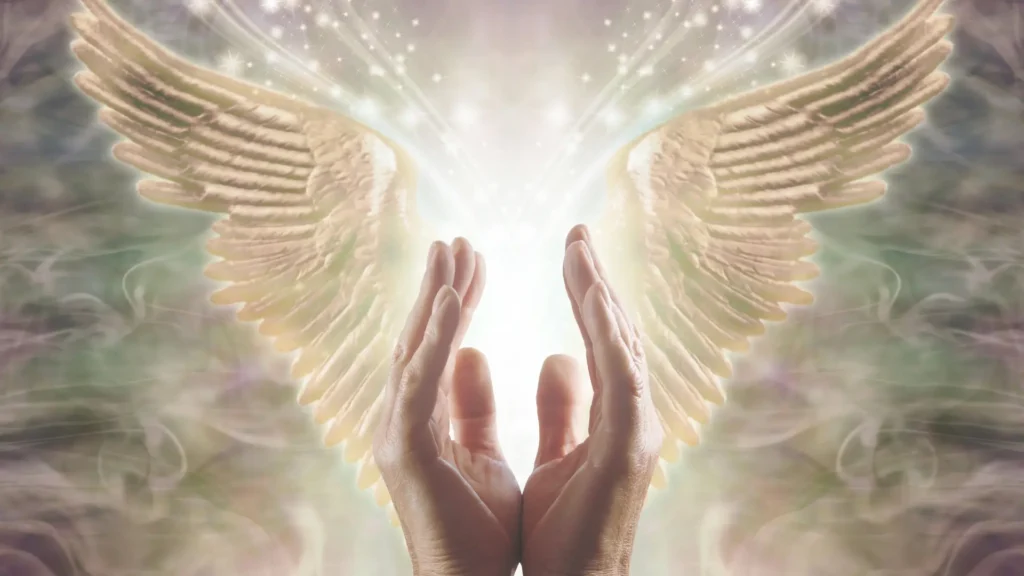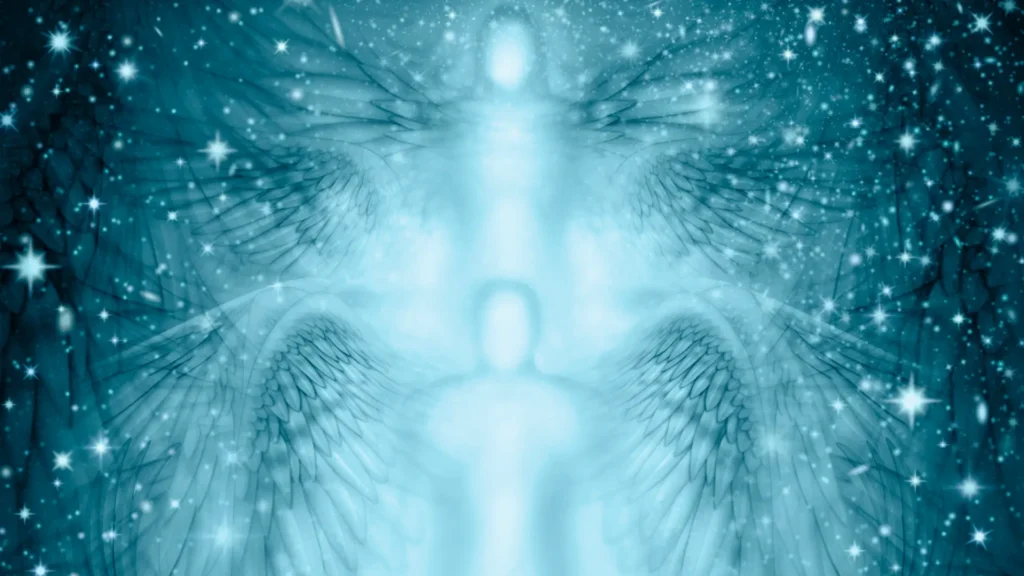Kundalini Meditation encompasses practices designed to awaken dormant spiritual energy residing at the spine’s base. This vital force—called Kundalini in Sanskrit, Qi in Chinese traditions, Ki in Japanese systems, Prana in yogic contexts, Ruach in Hebrew mysticism, and Pneuma in Greek philosophy—exists across cultures under different names but shares a unified goal: freeing and harmonizing inner energy to promote healing, emotional balance, and consciousness expansion. Unlike typical calming meditations, these practices actively trigger energetic transformation through breath, movement, sound, and visualization.
The Kundalini Yoga Approach
The most well-known and systematic approach to awakening Kundalini is Kundalini Yoga. It integrates breath, movement, hand gestures, and sound to stimulate the coiled serpent energy at the spine’s base and facilitate its ascent through the body’s central energy channel. The practice maps energy through the chakra system—from root (Muladhara) to crown (Sahasrara)—linking physical, emotional, and spiritual dimensions.
Kriyas
Kriyas form the foundation of Kundalini Yoga. A kriya is a precise sequence of actions combining asanas, breathwork, mantras, and mudras, designed for a specific outcome like nervous system strengthening or chakra balancing. Each kriya operates as a complete meditative technique for altering consciousness.
Pranayama, Mantras, and Mudras
- Pranayama techniques—such as alternate nostril breathing, breath retention, or the Breath of Fire—regulate the breath to influence prana and increase energetic flow through the nadis (energy channels).
- Mantras employ sonic vibrations (Naad) to tune the mind and clear subconscious patterns. A common seed (bija) mantra is Sat Nam, which translates to “Truth is my essence.”
- Practitioners use mudras (hand gestures) and bandhas (body locks), such as the Root Lock (Mula Bandha), to direct and seal the flow of energy throughout the body.
Cross-Cultural Energy Systems
While the yogic model is the most famous, the principle of awakening a primal inner energy is a universal concept found in mystical traditions worldwide.
East Asian Cultivation Methods
Traditional Chinese Medicine centers on Qi flowing through meridians. Practices like Qigong and Tai Chi combine coordinated breath, movement, and meditation to balance Qi. Taoist internal alchemy focuses on balancing yin-yang energies and transforming Qi through the Microcosmic Orbit: circulating life force up the spine and down the body’s front to purify organs and cultivate Jing (primal essence), the Taoist equivalent of dormant Kundalini. Similarly, Godai meditation in Japanese Ninjutsu manipulates five elemental energies (Chi, Sui, Ka, Fu, Ku), cultivating Ki to achieve elemental harmony.
Middle Eastern and Jewish Mysticism
Sufi dhikr employs rhythmic chanting (remembrance of God) and breath control to call upon the divine presence, using focused repetition to facilitate the expansion of consciousness. In Jewish mysticism, Kabbalistic practice describes ascending the Tree of Life through spiritual realms, crossing “the Abyss” of the ego to reach the supernal triad (Kether, Chokhmah, Binah). Kether (the Crown) corresponds directly to the Sahasrara chakra, symbolizing ultimate unity and enlightenment.
Indigenous and Western Systems
Indigenous traditions use breathwork, ritual drumming, and dance to access the vital force connected to nature and ancestry. In the West, modern modalities work with subtle energies through ritual and meditation. Kundalini Reiki, for instance, blends the channeled energy of Reiki with the specific intention of safely awakening Kundalini, clearing chakras through attunement-based practices.
Universal Principles Across Traditions
Despite varied terminology, established systems share foundational elements based on a deep understanding of human energetics.
- Energy Architecture: All traditions map centers and pathways. Indian chakras, Chinese dantians, and Kabbalistic sephiroth all mark focal points for energy storage and spiritual insight. Pathways—nadis, meridians, channels—describe how this life force circulates.
- Breath Mastery: Most traditions recognize the breath as the primary vehicle for moving subtle energy. Controlling respiration is also often synonymous with controlling consciousness.
- Core Methods: The techniques consistently employ these four components:
- Breath Regulation (pranayama, qigong breathing)
- Sonic Vibrations (mantras, chants, dhikr)
- Physical Forms (asanas, tai chi, ritual dance)
- Mental Imagery (visualization, focused intent)
- The Power of Intent: The principle that “energy follows thought” appears almost universally. Consciousness directs the dormant energy through clear intention and visualization.
The Goal and The Journey
The goal across all traditions is spiritual enlightenment—merging individual consciousness with universal awareness. This shared potential transcends cultural boundaries and remains accessible through diverse meditative approaches. However, the intensity of this process demands respect.
As a meditation coach navigating this very path since my own Kundalini awakening in 2007—an experience that was neither easy nor smooth—I stress the absolute necessity of preparation. Mastering foundational skills in chakra meditation and ki energy manipulation is essential before attempting to work with this potent force. A qualified guide can provide you with the framework and support to ensure the process is safe and grounded while helping you avoid physical or psychological distress while attaining higher consciousness levels. This power is real, and the preparations must match it.



